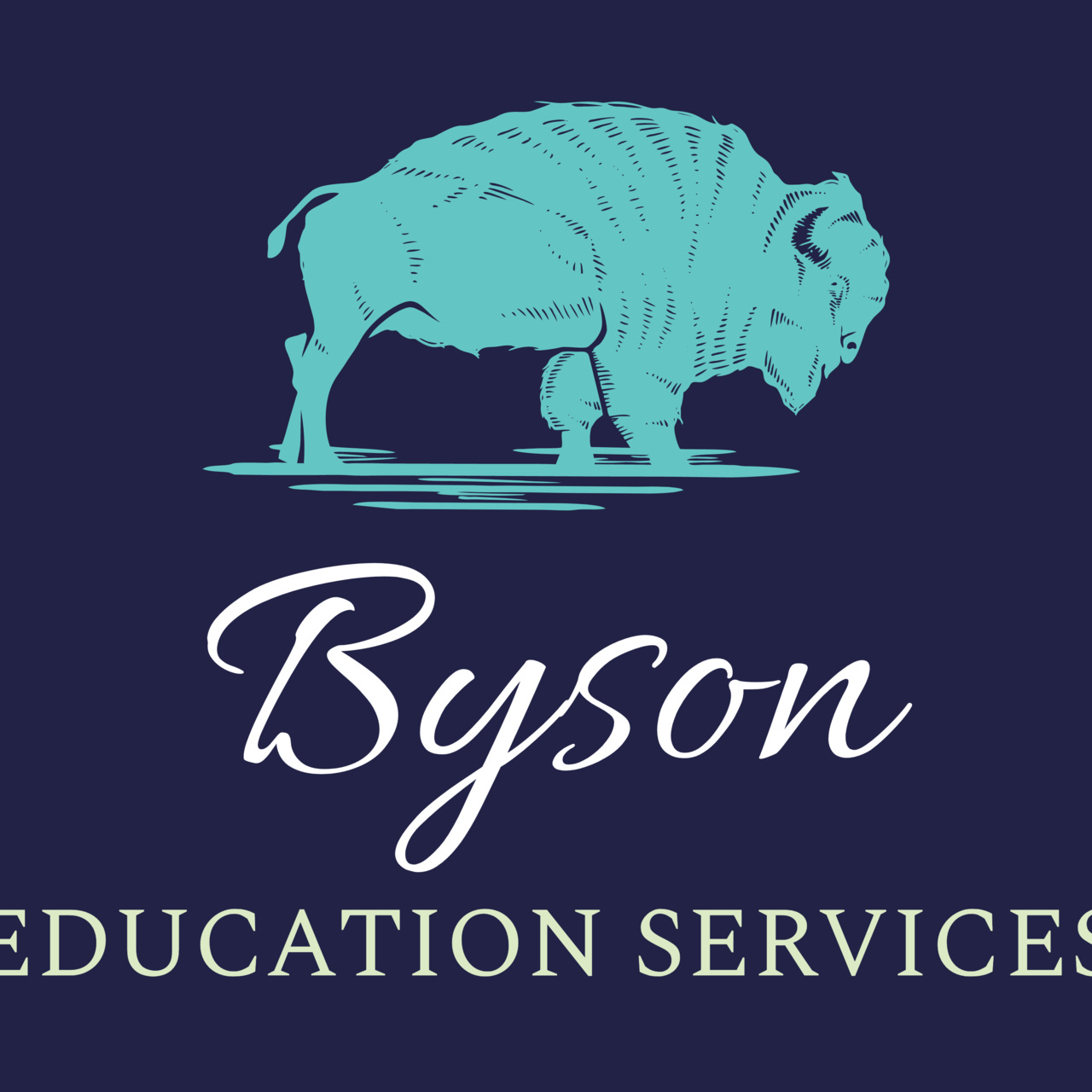3 Keys for Special Ed Directors Supporting UDL
As a special education director, promoting an inclusive and effective learning environment should be a top priority. One powerful approach that caters to the diverse needs of all students is Universal Design for Learning (UDL). By embedding UDL principles into your schools, you can empower teachers to optimize instruction and remove barriers to achievement. Here are three keys to supporting UDL implementation as a special ed leader:

1. Provide Comprehensive Training
Professional development is crucial for ensuring teachers understand UDL and how to apply its guidelines in the classroom. Arrange for workshops, coaching, and online resources that dive deep into the three core UDL principles - multiple means of representation, expression, and engagement. Highlight practical strategies for delivering content through diverse modalities, allowing flexible demonstrations of learning, and fostering an engaging classroom climate. Competence breeds confidence, so invest in robust training opportunities.
In my cooperative, one learning opportunity has been book studies on books like UDL Now by Katie Novak and Unlearning by Allison Posey and Katie Novak. Early on we found that most teachers saw UDL as something only relevant for special education staff, so we struggled to get general education involvement. We overcame this by only providing free books to teachers who signed up in special education and general education pairs. Not only did it get more people to sign up from broader backgrounds, it also gave them a natural partner to talk about common experiences.
2. Cultivate a Culture of Collaboration
UDL hinges on proactive planning with a diverse learner population in mind from the start. Promote a culture where general and special educators collaboratively design lessons and assessments through the UDL lens. Create shared planning times, professional learning communities focused on UDL and avenues for sharing best practices. By marrying expertise across general, special, and related services personnel, schools can craft genuinely inclusive and customizable educational experiences.
We have supported collaboration by having staff participate in a year-long training series led by Kansas Infinitec. A general education and special education teacher learns about UDL, tries something each month, reports back, and receives coaching from experts in the field. We also have funded a UDL/Assistive Technology coach who leads planned and unplanned conversations in our buildings.
3. Equip With Technology
Tools While not the end-all-be-all, technology can be an invaluable asset for realizing UDL in action. Invest in software, hardware, and digital curricula that offer multiple flexible options for content interaction, expression, and engagement. Think text-to-speech, speech-to-text, interactive simulations, video captioning capabilities, and more. Leverage your district's resources to ensure staff and students have equal access to learning tools that remove barriers and enable personalized pathways.
My agency made a commitment 3 years ago to making literacy accessibility tools (Read and Write, Snap and Read, UPAR, etc.) available for every student in the districts we serve. We found the pricing model meant only $600 difference between 600 licenses and 3000 licenses. This step helped adults get more comfortable with the software, it helped all students when they needed it, and it made the students who needed it most more comfortable with using it because it no longer stood out as something different.
Spearheading a successful transition to robust UDL implementation takes committed leadership. By developing staff capacities through training, promoting a collaborative culture, and provisioning enabling technologies, special education directors can pave the way for truly universally designed instructional experiences. The ultimate payoff? Empowering every student to learn, grow, and thrive.


